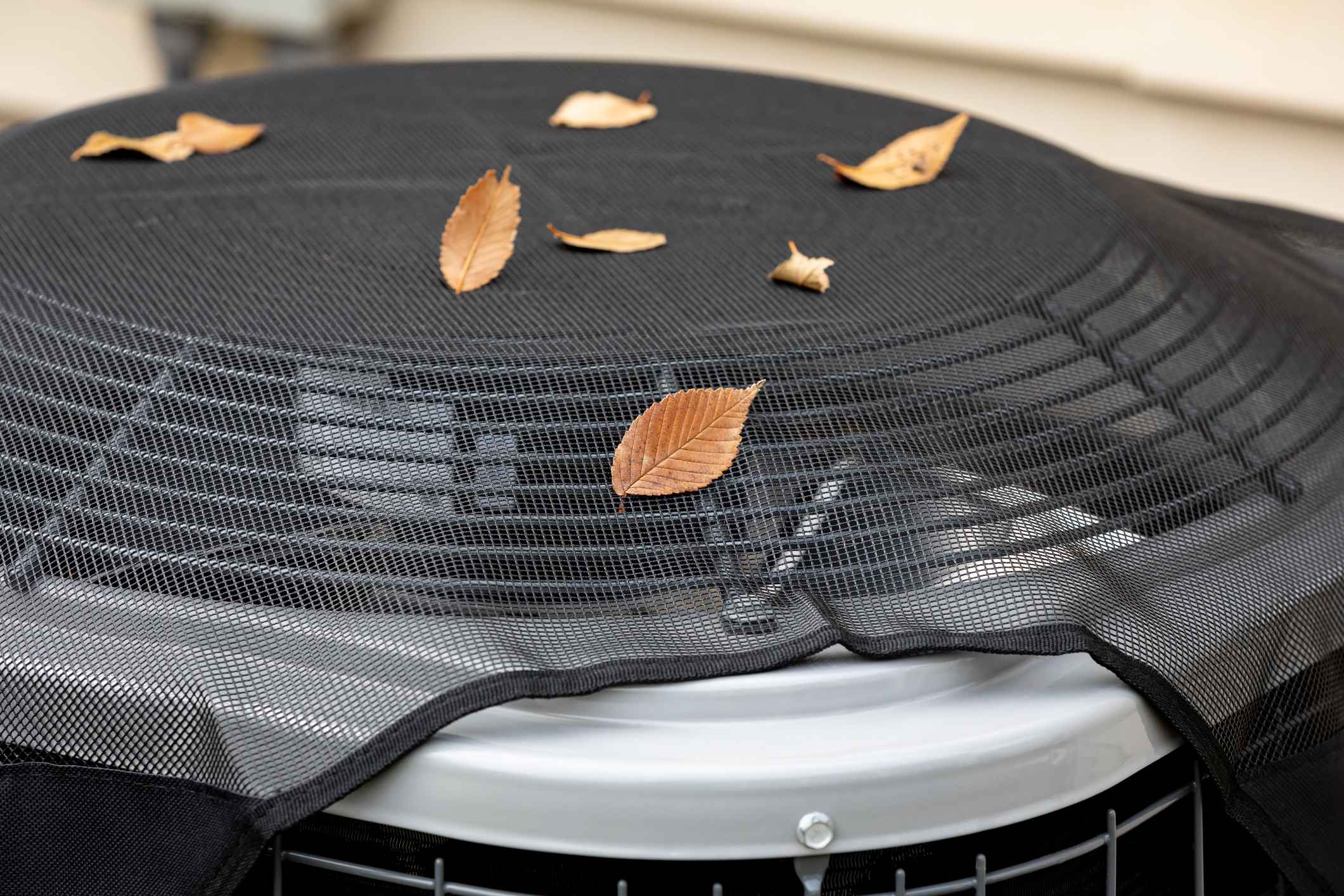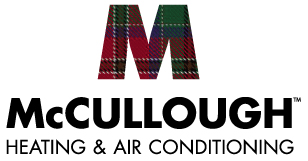4.8 Google Rating
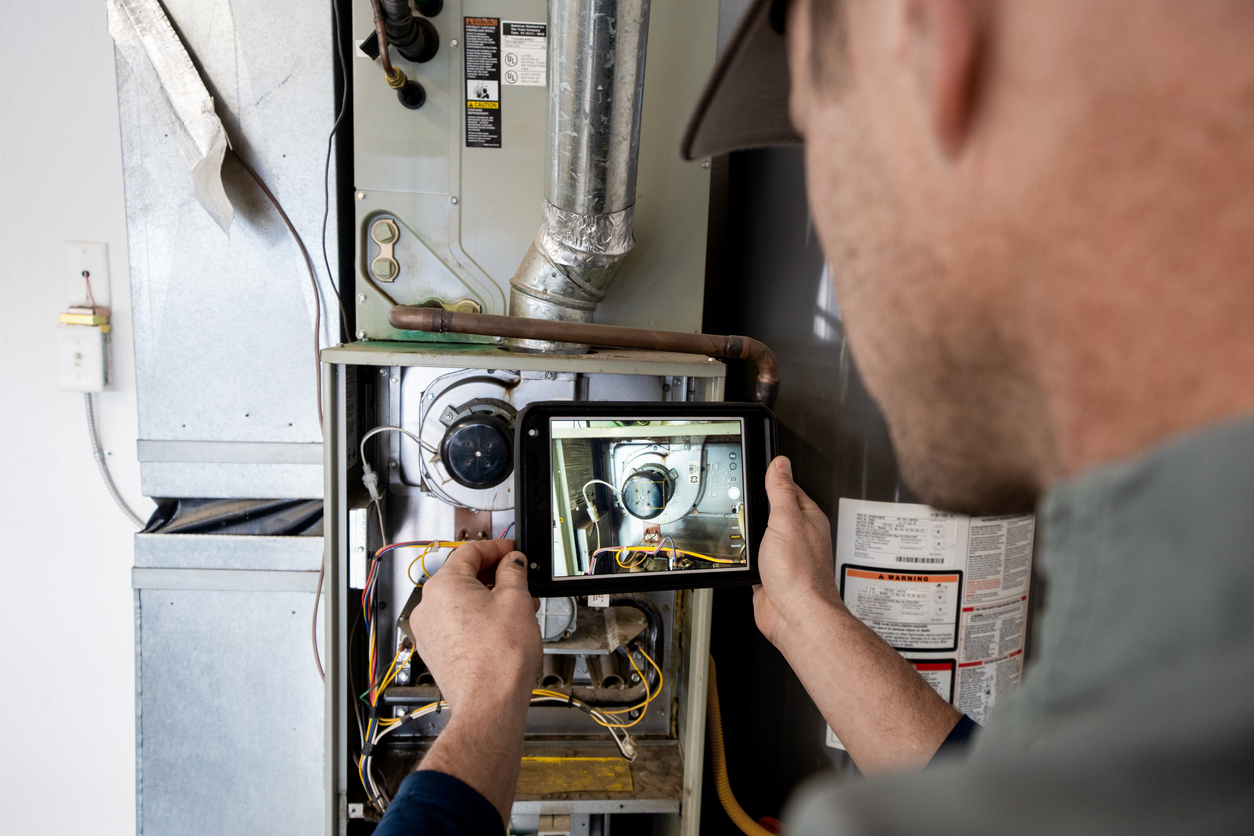
8 Warning Signs Your Furnace Needs Attention
As temperatures drop, your furnace becomes essential for keeping your home warm and comfortable. However, furnaces can develop issues over time, and if left unaddressed, minor problems can escalate into costly repairs or even complete system failure. Recognizing the warning signs that your furnace needs attention can help you stay ahead of potential breakdowns and avoid unexpected discomfort during the cold months. Here are eight signs that it’s time to call a professional to inspect your furnace.
1. Rising Energy Bills
If you’ve noticed a significant increase in your heating bills without any change in your usage, it could be a sign that your furnace is struggling. Older or malfunctioning furnaces often consume more energy to maintain a comfortable temperature, which leads to higher utility costs.
- What to Do: A professional inspection can identify whether the issue is due to a worn-out component, dirty filters, or a more significant problem. An inefficient furnace may benefit from a tune-up or, in some cases, replacement.
2. Uneven Heating
Do you find some rooms are warmer than others, or that your home isn’t reaching the set temperature? Uneven heating is often a sign that your furnace isn’t distributing heat properly, which can happen due to issues like clogged filters, thermostat problems, or ductwork issues.
- What to Do: Check the thermostat and replace the filter if it’s dirty. If the problem persists, an HVAC technician can diagnose and resolve the issue to ensure even heating throughout your home.
3. Strange Noises
Furnaces aren’t completely silent, but if you’re hearing unusual sounds like banging, rattling, or squealing, it’s time for a closer look. These noises can indicate various issues, such as a loose belt, a failing motor, or worn-out bearings.
- What to Do: Schedule a professional inspection as soon as possible. Addressing these issues early can prevent further damage and avoid costly repairs.
4. Frequent Cycling
If your furnace turns on and off frequently (a process known as short cycling), it may struggle to maintain the desired temperature. Short cycling can be caused by a variety of issues, including an oversized system, a malfunctioning thermostat, or restricted airflow.
- What to Do: Short cycling reduces energy efficiency and puts extra strain on your furnace. An HVAC technician can assess the cause and recommend solutions, which may involve recalibrating the thermostat or adjusting airflow.
5. Yellow Burner Flame
The burner flame on your furnace should be blue. If it’s yellow, it could indicate that the furnace isn’t burning fuel efficiently, which may be a sign of a carbon monoxide issue. Yellow flames can result from dirty burners or improper combustion, both of which need immediate attention.
- What to Do: Shut down the furnace and contact an HVAC technician right away. It’s also a good idea to install carbon monoxide detectors in your home for added safety.
6. Poor Air Quality
If you’re experiencing increased dust, allergens, or dryness in the air, your furnace could be the culprit. Furnaces that haven’t been maintained can spread dust and pollutants, leading to poor indoor air quality and affecting those with allergies or respiratory issues.
- What to Do: Check and replace your furnace filter regularly. If air quality issues persist, consider scheduling a professional cleaning or adding an air purification system to improve indoor air quality.
7. Pilot Light or Ignition Issues
Older furnaces have a pilot light, while newer models use electronic ignition. If your furnace struggles to start or keep running, it could be due to ignition problems. This may be caused by a faulty thermocouple, worn ignition switch, or other internal components.
- What to Do: Attempting to fix ignition issues on your own can be dangerous. Contact a qualified technician to diagnose and repair the problem to ensure safe and efficient furnace operation.
8. Age of the Furnace
Furnaces typically last between 15 and 20 years. If your furnace is reaching this age range, it may be more prone to breakdowns and inefficiencies, even if it’s been well-maintained. Older furnaces are less efficient and lack the advanced technology of modern units, leading to higher energy costs.
- What to Do: If your furnace is nearing the end of its lifespan, consider upgrading to a newer, more efficient model. Modern furnaces offer better energy efficiency, improved safety features, and enhanced comfort.
Frequently Asked Questions
- How often should I have my furnace inspected?
It’s recommended to have your furnace professionally inspected and maintained once a year, ideally before the start of the heating season. Regular maintenance can prevent issues and improve efficiency. - What should I do if my furnace is leaking water?
Water leaks can indicate a problem with the condensate drain or the heat exchanger. Turn off the furnace and contact a technician to inspect the issue, as it could lead to water damage or compromised furnace performance. - Is it safe to continue using a furnace that’s making strange noises?
No, it’s best to turn off the furnace and have it inspected. Strange noises could indicate serious issues that may lead to system failure or safety risks if left unaddressed.
Conclusion: Ensure a Safe and Warm Winter with McCullough Heating & Air Conditioning
Don’t ignore the warning signs that your furnace needs attention. From strange noises to high energy bills, these issues can indicate that it’s time for a professional inspection or repair. At McCullough Heating & Air Conditioning, our expert technicians are here to ensure your Austin home stays warm, safe, and comfortable all winter long. Contact us today to schedule a furnace inspection and take the first step toward reliable heating.
Recent News

What Makes McCullough Heating & Air Conditioning the Right Choice for Austin Heating Needs

Why Texas Homeowners Are Upgrading to Heat Pumps in 2026: Efficiency & Tax Credit Insights
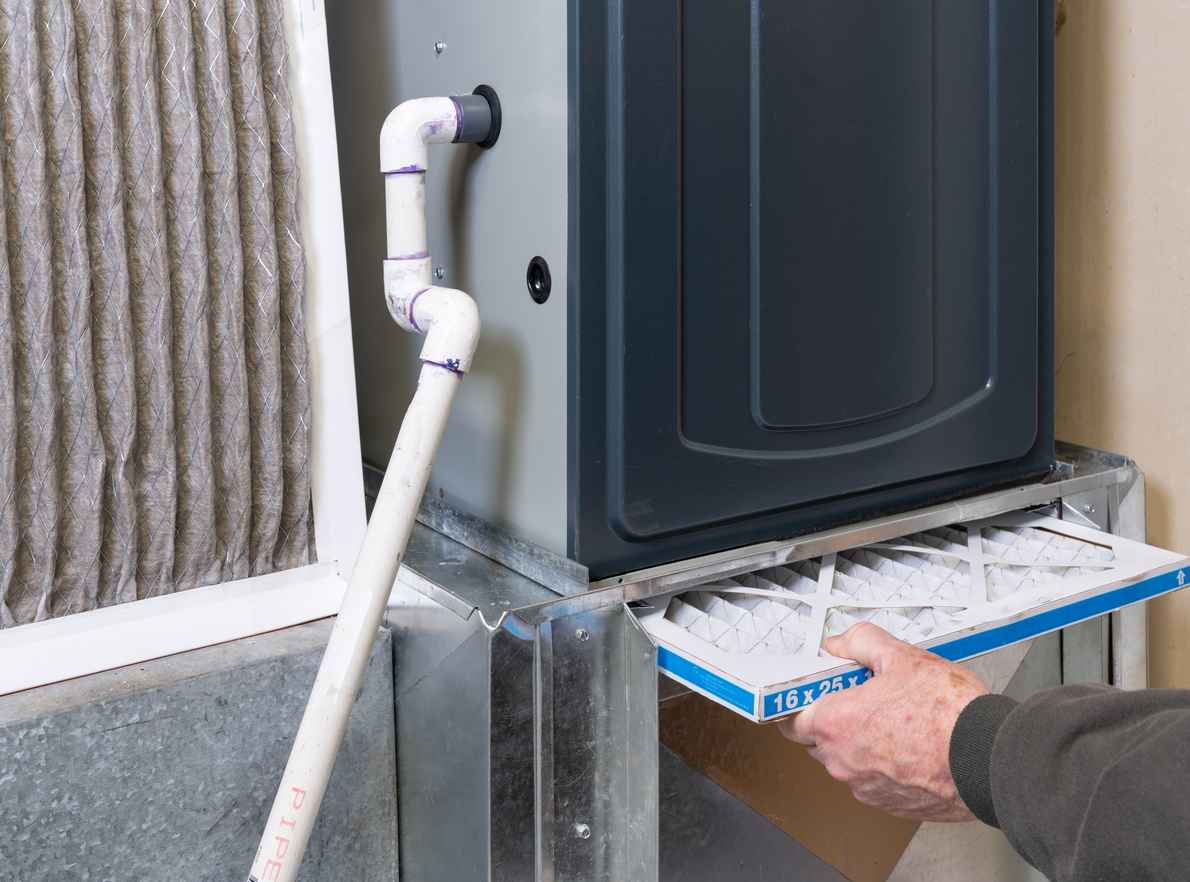
Is Your Furnace Ready for a Central Texas Winter? Austin Homeowners Should Check This First

Don’t Get Spooked by Strange HVAC Noises This Halloween: Austin’s Guide to a Fright-Free, Cozy Home
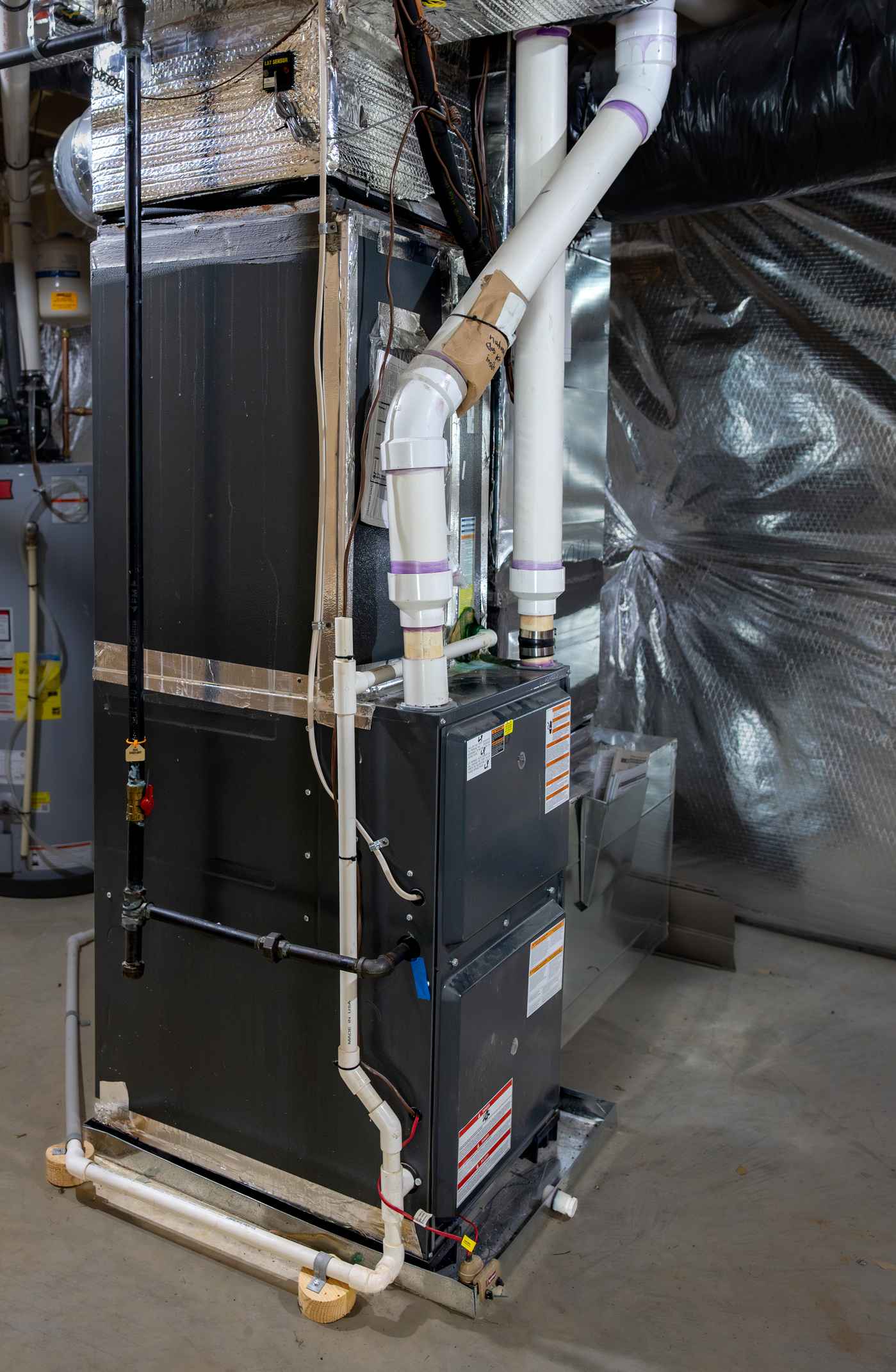
Preparing Your Austin Home for the Switch from AC to Heat
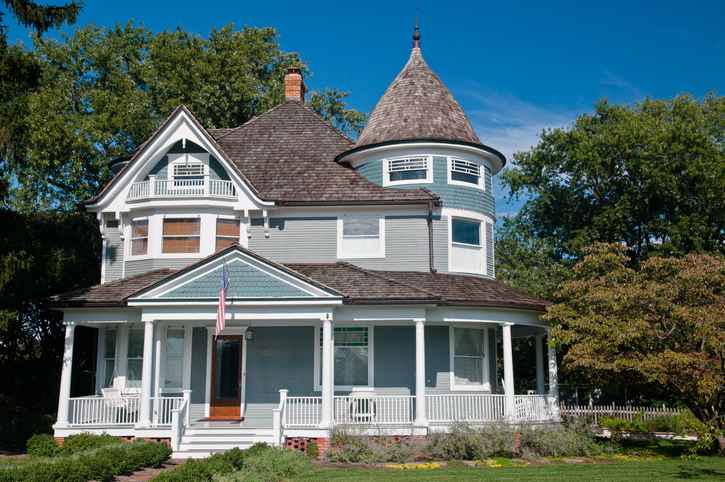
Why Austin’s Older Homes Need Special Attention When It Comes to HVAC Efficiency
